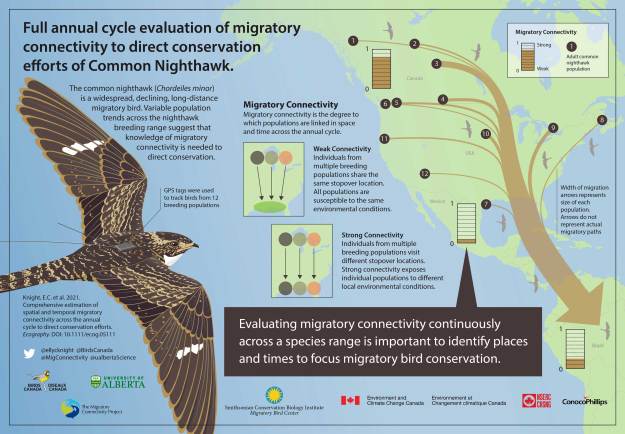Oh my goodness, what was that fleeting and larger-than-usual red-headed woodpecker doing in our garden? We get lots of Downy and Red-bellied Woodpeckers but even though the sighting was merely a flash of red, black, and white, the visitor seemed like neither of these two.
The following morning when returning from an early walk, I crept down the garden path in hopes of catching a glimpse and to see what he was up to. Sure enough, the woodpecker was there, perched between the branches of the lilacs and plucking ripe juicy purple fruits from the Pokeberry plant. A male Yellow-bellied Sapsucker and what a handsome fellow he is! The sapsucker stayed for a few minutes, long enough to capture some footage.
The songbirds (and we) are relishing in the messy disarray of of our cold weather garden. Fallen leaves provide shelter for birds, insects, and small mammals; the seed heads on the expired stalks of asters offer sustenance; and the fruits of the winterberry, holly, crabapple, and American Pokeweed are filling the little bellies of many.
American Pokeweed, also known as Pokeberry, Pigeonweed, Inkberry, and Poke, is a North American native perennial herb that can grow as tall as 20 feet, although we are more likely to see a four to five foot plant. The stems of the Pokeberry are a striking shade of magenta, but otherwise, it is a rather ungainly plant.
We didn’t plant our Pokeberry. Perhaps the seed of the first plant to colonize our garde was deposited by a bird. Each berry contains 10 seeds. The seeds have an extraordinarily hard shell that allows them to remain viable for up to 40 years.
Ruby-throated Hummingbirds reportedly drink nectar from the Pokeberry’s tiny white/pinkish/greenish flowers and the leaves are also the caterpillar food plant for the Giant Leopard Moth.
According to Cornell, “the Yellow-bellied Sapsucker is the only woodpecker in eastern North America that is completely migratory. Although a few individuals remain throughout much of the winter in the southern part of the breeding range, most head farther south, going as far south as Panama. Females tend to migrate farther south than do males.”
Okay, well let’s get going Mr. Sapsucker!














































































